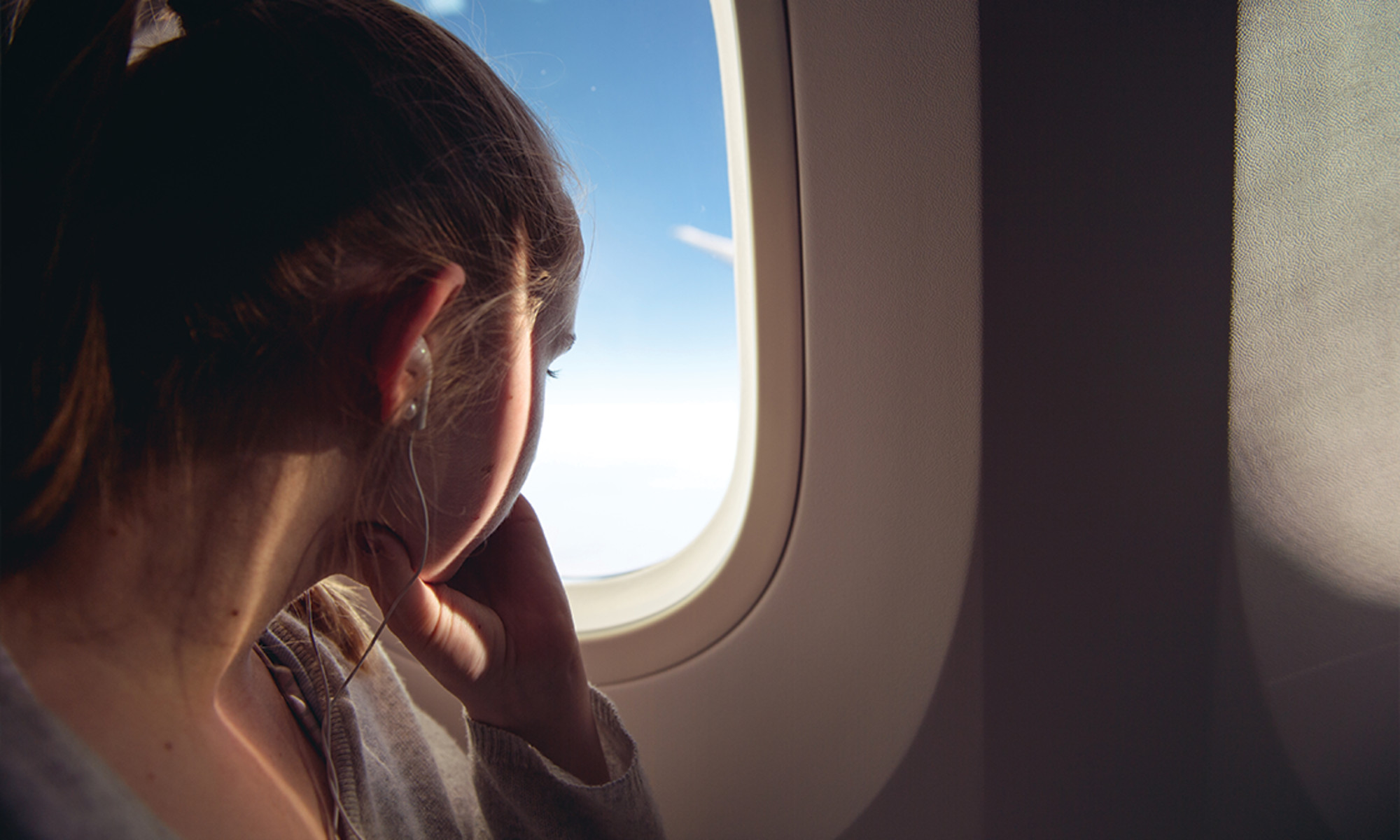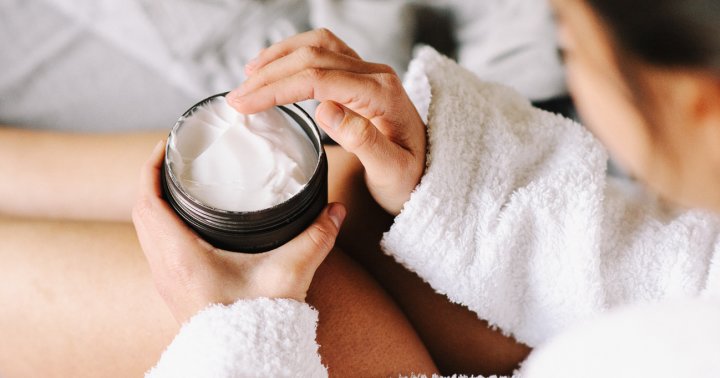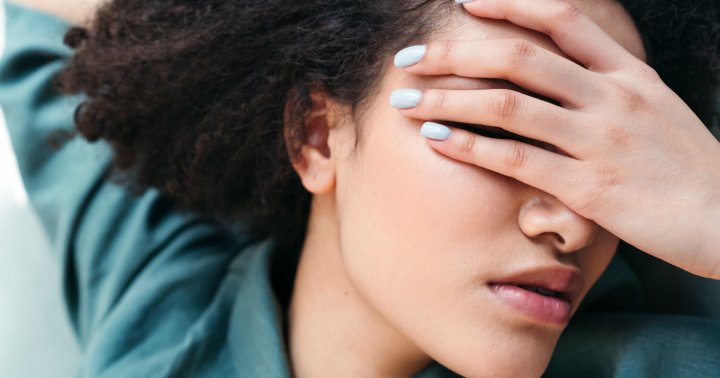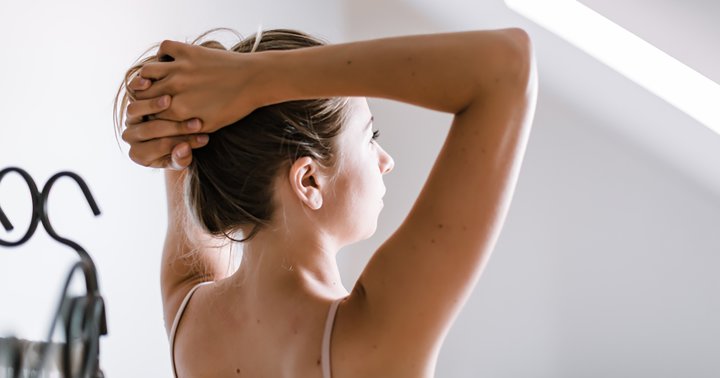Airplane Air & Radiation Can Damage Your Skin — Here's How To Prevent It
The stale, dry environment inside an air plane easily disrupts your skin.


mbg Assistant Beauty Editor
mbg Assistant Beauty Editor
Hannah Frye is the Assistant Beauty Editor at mindbodygreen. She has a B.S. in journalism and a minor in women’s, gender, and queer studies from California Polytechnic State University, San Luis Obispo. Hannah has written across lifestyle sections including health, wellness, sustainability, personal development, and more.
Image by Angela Lumsden / Stocksy June 24, 2023 Our editors have independently chosen the products listed on this page. If you purchase something mentioned in this article, we may The stale, dry environment inside an airplane can easily disrupt your skin. Once you step out of the vessel, your skin may begin to feel tight, rough, and look dehydrated as ever. If you want to protect your complexion in-flight, you’ve come to the right place. Below, an easy, three-step routine board-certified dermatologist Lindsey Zubritsky M.D., FAAD, shares on TikTok, just in case you missed this essential summer information.
Advertisement
This ad is displayed using third party content and we do not control its accessibility features.
1. “First thing I do: Immediately shut the window shade and put my SPF on,” Zubritsky states in her video. This may seem strange at first. After all, how much sun damage can you really experience while inside the airplane? According to Zubritsky, you’re actually exposed to way more UV radiation than you might think. “Flying at 30,000 for only an hour gives you about the same radiation as 20 minutes in a tanning bed1,” she notes—a shocking but motivating statistic. Zubritsky also wears compression socks during long flights. “This helps to prevent lower leg swelling and helps to stop vericose veins,” she explains. Promoting blood flow can make your legs feel a bit better when you step off the plane, which is particular important for those flying red-eye with a full day ahead of them. If you don’t have these on-hand, consider picking up a pair to support your travel needs. My go-to: Comrad Knee-High Compression Socks. This ad is displayed using third party content and we do not control its accessibility features. “Finally, I make my face look like a glazed donut every time,” Zubritsky adds. By this, she means slugging—which involves applying a thicker, more occlusive moisturizing product over your normal moisturizer to lock in hydration. “Flying is one of the most dehydrating things you can do because of the super-low humidity,” she explains; hence, why this step is one of her essentials. You could opt for petrolatum-based products (i.e., anything with mineral oil), but those aren’t necessarily the best for every skin type, plus they aren't so great for the environment. Instead, try layering a face oil over your moisturizer to reap the occlusive benefits without the stickiness. Close the window & apply SPF
Advertisement
The takeaway
Airplane air can wreak havoc on your skin, so in-flight care is important. Remember to close your window and apply sunscreen, wear compression socks if you have them, and drench your skin is moisturizer and face oil to prevent skin dehydration.
Advertisement
This ad is displayed using third party content and we do not control its accessibility features.

 BigThink
BigThink 

























.jpg&h=630&w=1200&q=100&v=a905e78df5&c=1)





